Broughton, Arthur. Hortus Eastensis: or, A Catalogue of Exotic Plants Cultivated in the Botanic Garden, in the Mountains of Liguanea, in the Island of Jamaica. St. Jago de la Vega: Alexander Aikman, MDCCXCIV (1794).
Browne, Patrick. The Civil and Natural History of Jamaica. In Three Parts. The Whole Illustrated with Fifty Copper-Plates. Illustrations by Georg Dionysis Ehret. London: T. Osborne and J. Shipton, MDCCLVI (1756).
- Available at: http://archive.org/details/mobot31753000808003
Dorado Beach Resort & Club @doradobeach. "There are resorts all over the world, but one of the many things that make #DoradoBeach unique is the Pre-Historic importance of the land. People have densely populated the area for thousands of years dating back to indigenous people: https://bit.ly/2ZVsYYU." Facebook. Sep. 13, 2019.
- Available at: https://www.facebook.com/doradobeach/posts/2512695255440467
Ford, Jos. C., and Frank Cundall. The Handbook of Jamaica for 1908 Comprising Historical, Statistical and General Information Concerning the Island, Compiled from Official and Other Reliable Records. Twenty-Eighth Year of Publication. London: Edward Stanford; Kingston, Jamaica: Government Printing Office, 1908.
Freeman, Paul. "Dorado Beach Airport / Dorado Army Airfield / Dorado Airport (DDP), Dorado, PR. 18.46, -66.3 (West of San Juan, PR)." Abandoned & Little-Known Airfields: Eastern Puerto Rico.
- Available at: http://www.airfields-freeman.com/PR/Airfields_PR_E.htm
Hughes, Griffith. "Forbidden Fruit-Tree." The Natural History of Barbados, Book V: 127. London, MDCCL (1750).
- Available at: https://www.biodiversitylibrary.org/page/32687517
Kumamoto, J., R.W. Scora, H.W. Lawton, and W.A. Clerx. “Mystery of the forbidden fruit: Historical epilogue on the origin of the grapefruit, Citrus paradise (Rutaceae).” Economic Botany, Volume 41, Number 1 (1987): 97-107.
Liao, Christina. "Puerto Rico’s Most Luxurious Villa Just Got an Extravagant Makeover An exclusive first look at the legendary Su Casa at Dorado Beach, a Ritz-Carlton Reserve." Robb Report > Travel > Resorts. May 14, 2019.
- Available at: https://robbreport.com/travel/resorts/su-casa-dorado-beach-puerto-rico-2850333/
Lunan, John. Hortus Jamaicensis, or a Botanical Description (According to the Linnean System) and an Account of the Virtues, &c. of its Indigenous Plants Hitherto Known, as Also of the Most Useful Exotics. Compiled from the Best Authorities, and Alphabetically Arranged. In Two Volumes. Volume II. Jamaica: St. Jago de la Vega Gazette, 1814.
Macfadyen, James, M.D. The Flora of Jamaica; A Description of the Plants of that Island, Arranged According to the Natural Orders. Vol. I: Ranunculaceae-Leguminosae. London: Longman, Orme, Brown, Green, & Longmans, MDCCCXXXVII (1848).
Raddin, Charles S. "Grape Fruit." Pages 86-87. IN: William Kerr Higley, ed. Birds and Nature in Natural Colors: A Monthly Serial, Forty Illustrations by Color Photography, A Guide in the Study of Nature. Volume XV. January to May 1904. Chicago: A.W. Mumford, 1904.
Schnur, Jim. "George Washington Moore House: A Brief Introduction." University of South Florida-St. Petersburg Digital Archive.
- Available at: http://dspace.nelson.usf.edu/xmlui/bitstream/handle/10806/138/Schnur_Heritage_Villagers_09_Moore_House.pdf?sequence=10
Sinclair, Walton B. The Grapefruit: Its Composition, Physiology, and Products. Riverside: University of California, Division of Agricultural Sciences, 1972.
Stark, James H. Stark's History and Guide to Barbados and the Caribee Islands, Containing a Description of Everything On or About These Islands of Which the Visitor or Resident May Desire Information, Including Their History, Inhabitants, Climate, Agriculture, Geology, Government, and Resources. Fully Illustrated with Maps, Engravings, and Photo-Prints. Boston: James H. Stark; London: Sampson Low, Marston & Company, Ltd., 1903.
- Available at: http://archive.org/details/starkshistorygui00star
Stark, James H. Stark's Jamaica Guide (Illustrated) Containing a Description of Everything Relating to Jamaica of Which the Visitor or Resident May Desire Information, Including Its History, Inhabitants, Government, Resources, and Places of Interest to Travellers. Fully Illustrated with Maps, Engravings, and Photo-Prints. Boston: James H. Stark; London: Sampson Low, Marston & Company, Ltd.; Jamaica: Aston W. Gardner, 1902.
- Available at: http://archive.org/details/starksjamaicagu00stargoog
Toner, Joseph Meredith, ed. The Daily Journal of Major George Washington, 1751-2, kept while on a tour from Virginia to the island of Barbadoes, with his invalid brother, Maj. Lawrence Washington. Albany, NY: J. Munsell’s Sons, 1892.
Tussac, François-Richard de. Flore des Antilles, ou Histoire générale botanique, rurale et économique des végétaux indigènes des Antilles , et des exotiques qu'on est parvenu à y naturaliser, décrits d'après nature, selon le système sexuel de Linnée et la méthode naturelle de Jussieu, avec planches dessinées, gravées et coloriées. (Four volumes) Volume III. Paris, 1824.
Warren, Jack D., Jr. "Washington on the Beach." The Free Lance-Star (Fredericksburg, VA), February 5, 2000: 3-4 (Town & Country Section).


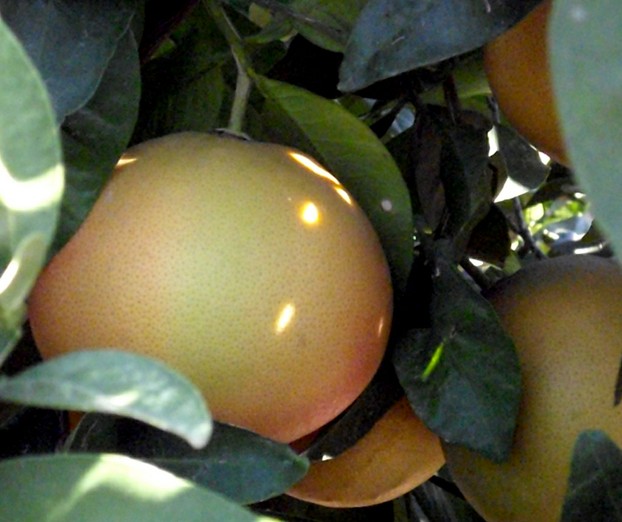
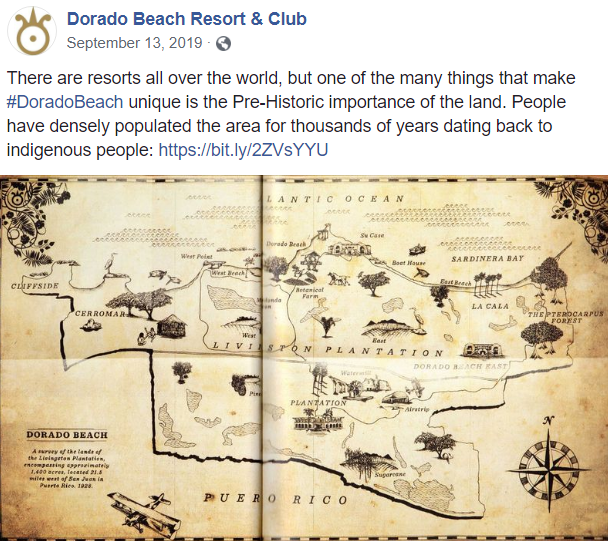
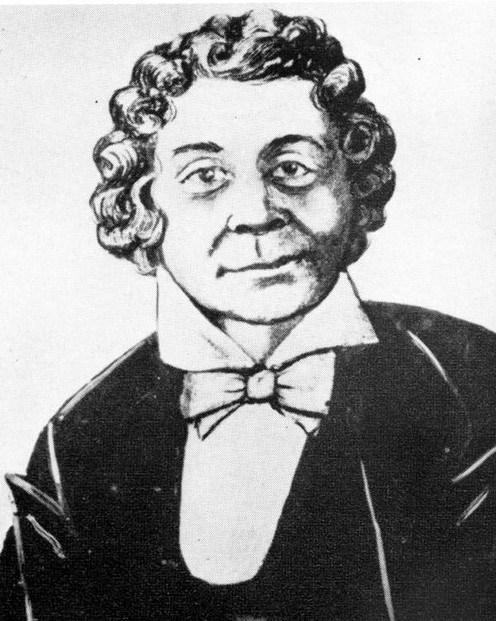



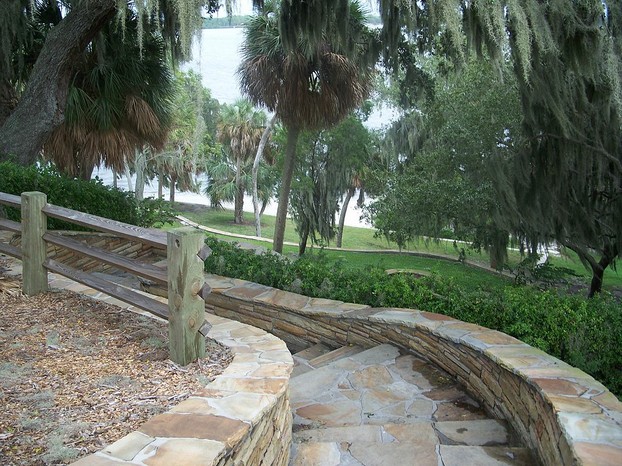
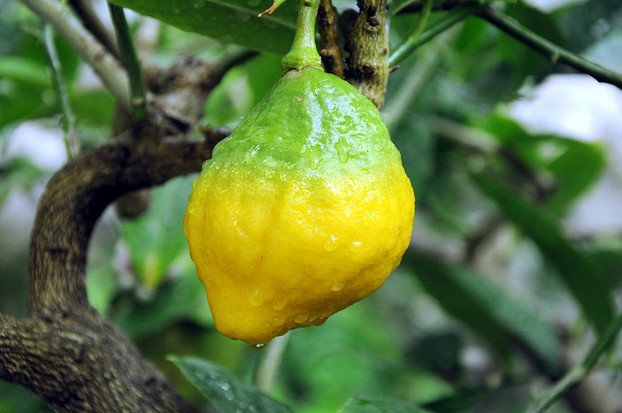
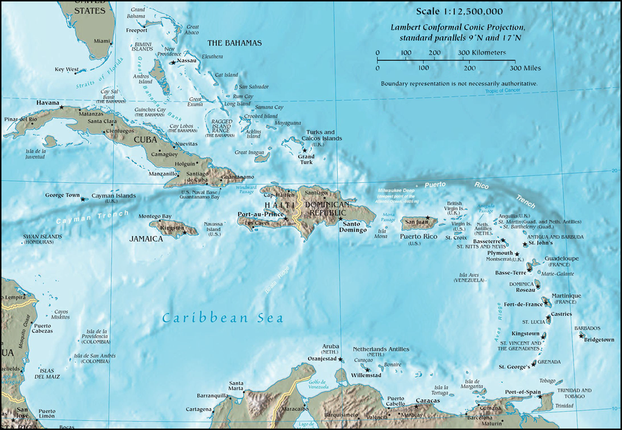
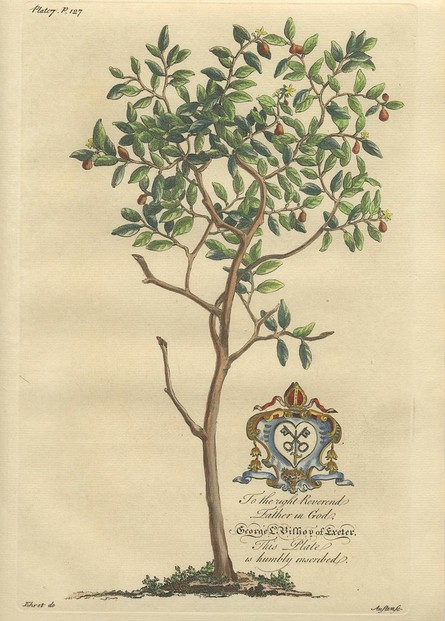
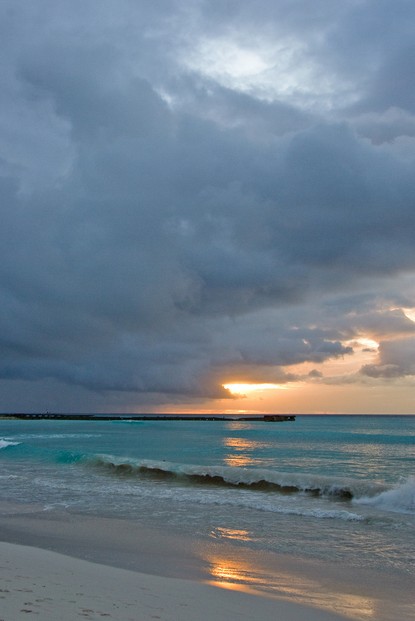
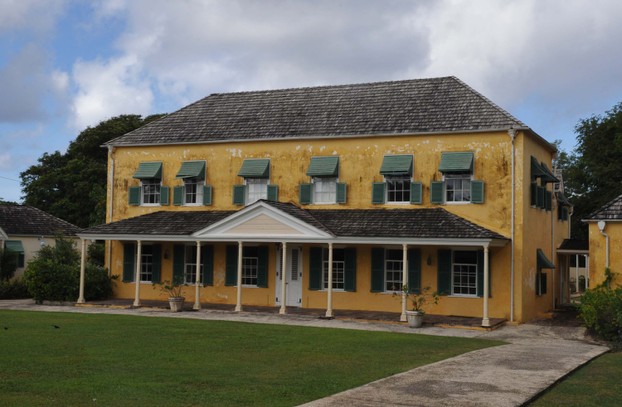
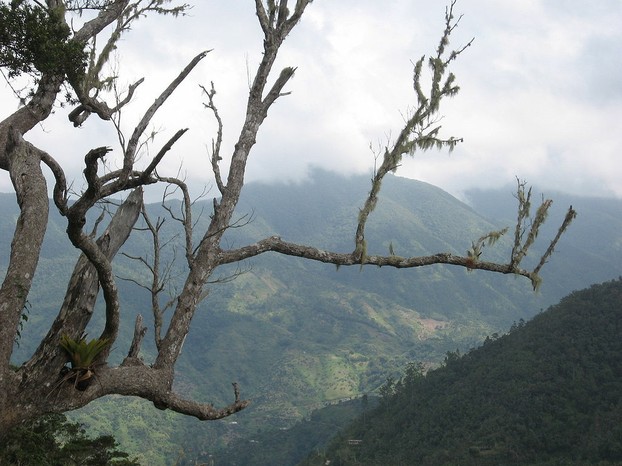
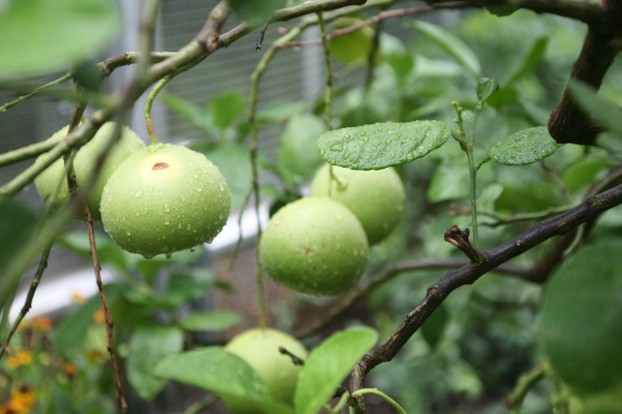
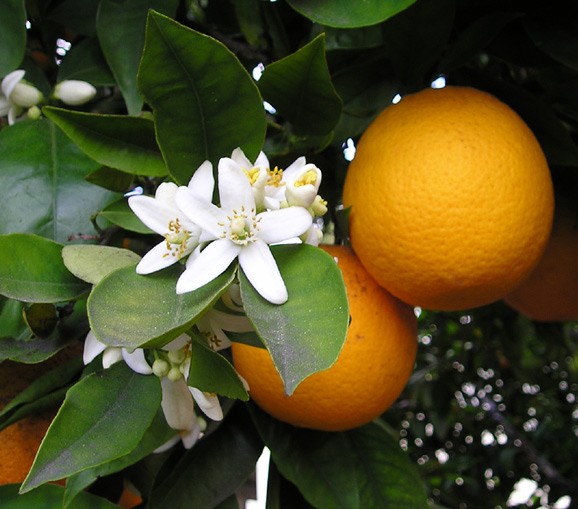
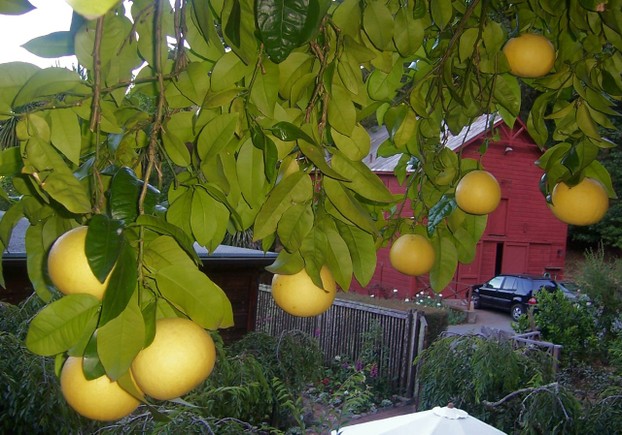
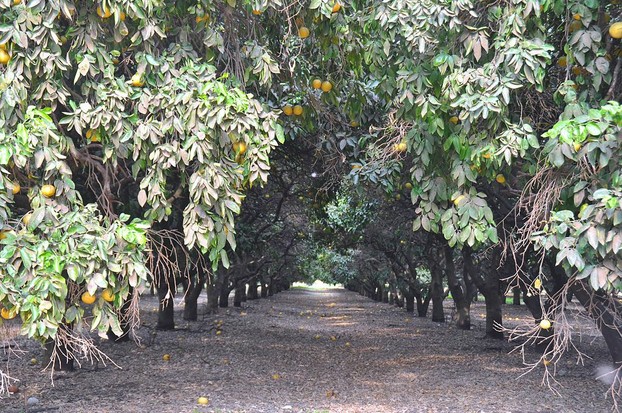
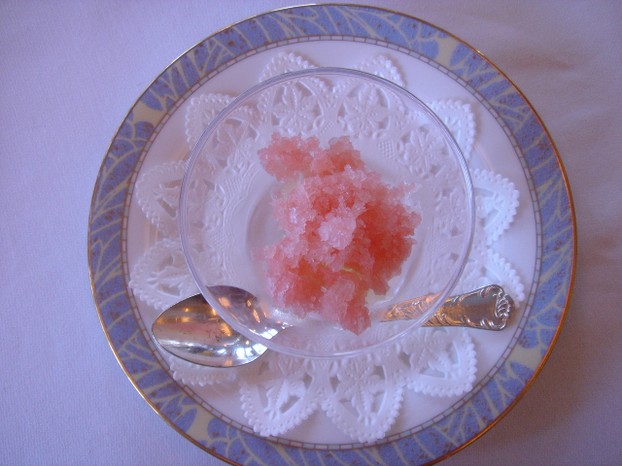
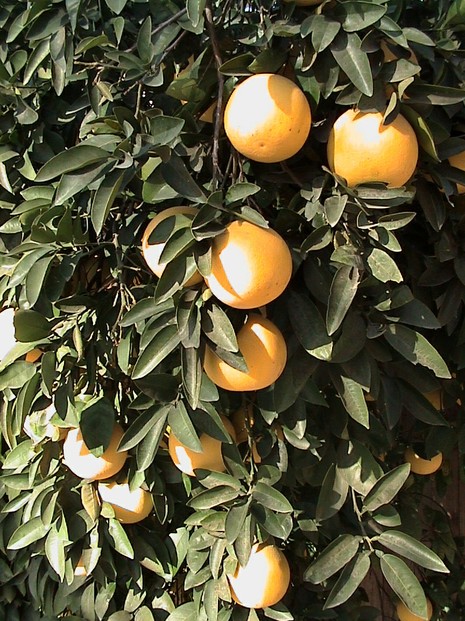
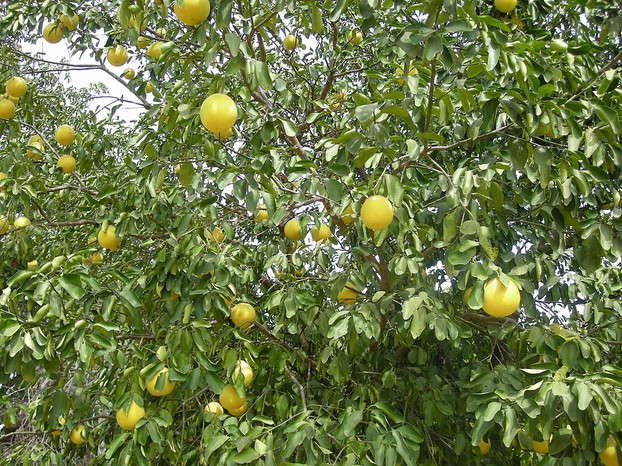
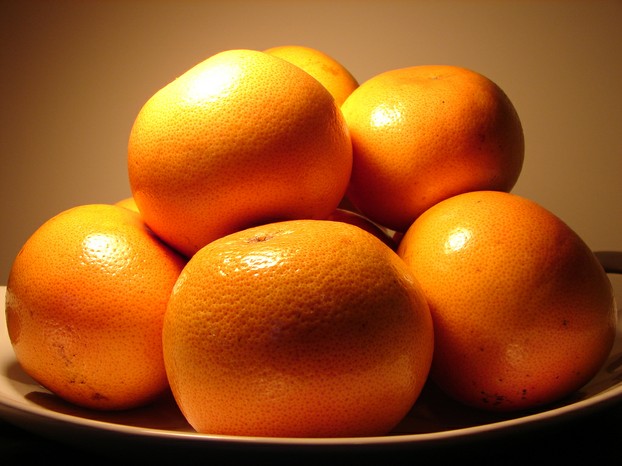



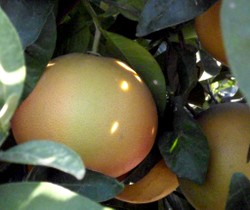

 Are Hawaiian Huakai Po Nightmarchers Avenging Halloween Thursday?on 10/02/2024
Are Hawaiian Huakai Po Nightmarchers Avenging Halloween Thursday?on 10/02/2024
 Mailing Addresses for 2023 Form 4868 Extending 1040 and 1040SR April 15, 2024, Due Dateon 04/15/2024
Mailing Addresses for 2023 Form 4868 Extending 1040 and 1040SR April 15, 2024, Due Dateon 04/15/2024
 Mailing Addresses for 2023 Forms 1040 and 1040SR Filed in 2024on 04/15/2024
Mailing Addresses for 2023 Forms 1040 and 1040SR Filed in 2024on 04/15/2024
 Mailing Addresses for 2022 Form 4868 Extending 1040 and 1040SR April 18, 2023, Due Dateon 04/13/2023
Mailing Addresses for 2022 Form 4868 Extending 1040 and 1040SR April 18, 2023, Due Dateon 04/13/2023

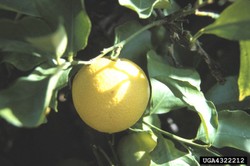

Comments
Dustytoes, Such a pleasant memory you have of buying fresh grapefruits in Florida!
Tee hee: Yes, I'm honored that grapefruits are "in my blood"!
I love grapefruits and used to buy them at a fruit stand in Florida. They were so fresh and delicious! Your page is very interesting. Since your grandfather had his own orchard, I think grapefruits are in your blood - so to speak.
cmoneyspinner: Tee hee hee hee, chortle chortle, giggle giggle!
:-O
@DerdriuMarriner - My dear, I hope you never leave Wizzley. Who will laugh at my jokes?
cmoneyspinner, Yes, grapefruits have mysterious origins which have yet to be determined.
I appreciate that you described this tribute as "lovely." :-)
Grapefruits are a favorite fruit for me.
Tee hee: Barbadians liking to take credit! If a place is pretty and it knows it . . .
Grapefruit origins are shrouded in mystery? Really? I did not know that. I'm from Florida and I just assumed that all citrus fruits originated in Florida! The folks from Barbados just like to take credit for it! That's what I heard! (O.o) :)
Just kidding. Never even been to Barbados. I don't know what they got from what they don't got! This Wizzle page is lovely!
VioletRose, Your appreciation of my article on grapefruits is much appreciated! I love, not only to eat and drink grapefruits, but also to write about them.
WriterArtist, It's my understanding that grapefruits are grown in India.
According to "Fruits of warm climates" by Julia F. Morton, published in 1987:
"In recent years, the grapefruit has become established in India in hot regions where the sweet orange and the mandarin are prone to sunburn." (pp. 152-158)
I hope that you have a chance to sample a grapefruit!
Very detailed article on Grapefruits, I didn't know much about this fruit. Thanks for sharing!
This fruit looks like tangerine, and I would love to taste it. Haven't eaten it before and I am not sure whether it is available in my country.